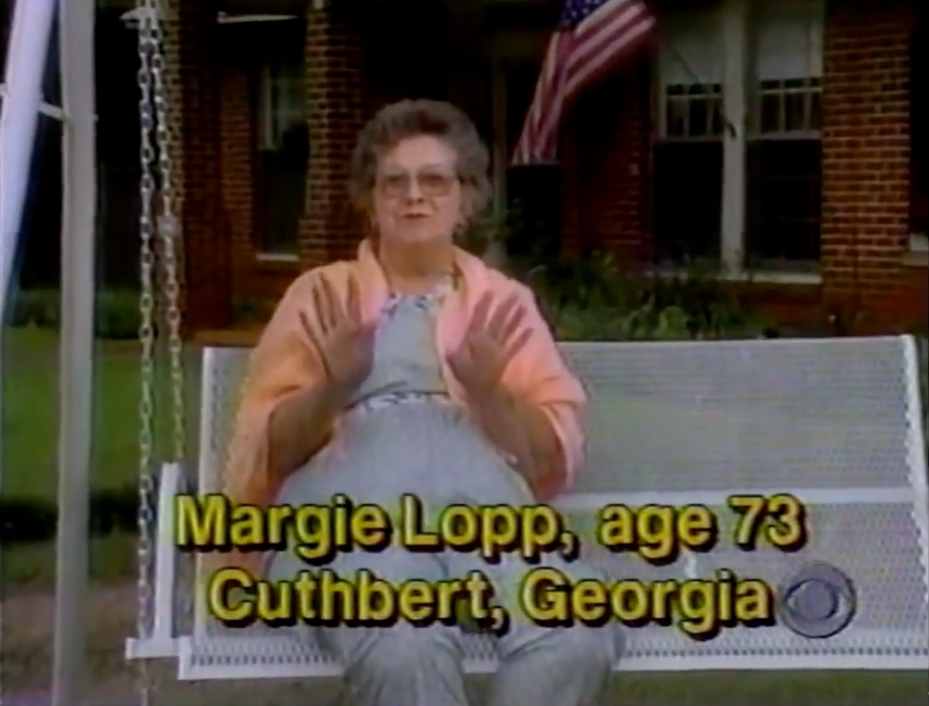“I’m gonna make him an offer he can’t refuse.”–Don Corleone, “The Godfather”
If you want to improve your direct mail response rate, the answer may be as simple as making a better offer. For example, I worked on a mailing recently that offered free samples and the package pulled a 7.5% response.
A manufacturer and wholesaler of skin-care products, my client offered free samples to a targeted list of licensed estheticians (high-end skin-care professionals). These two factors, the offer and the list, were far and away the most important reasons for the client’s success. The third and least important factor was the copy. Sure, the copy played a role and it had an impact. But without the offer of a free sample it’s unlikely this mailing would have produced much more than a handful of responses.
Crafting An Effective Offer
First, do your homework. I understand your business may not be suited to offering a free sample. But that doesn’t mean you can’t craft a stronger offer that increases your response.
To craft an effective offer you should first consider the economics of your business. What is the best offer you can afford to make? For example, you run a high-end printing business. You know that the top 20% of your customer base spends an average of $42,000 a year with you. And because of the high-quality nature of your work and your outstanding customer service, these top-tier clients stay on the books with you for an average of 10 years. When looked at in this light it’s obvious you can afford to make a much more generous offer when targeting companies that meet the same profile.
Maybe you’ll decide to offer these prospects a substantial discount on their first order, a high-end premium, four-color printing for the same price as black and white, free shipping on all orders during the first 12 months, or some other compelling incentive.
Get Creative With Your Offer
Allow me to continue with the above example and show you how a little creativity can help you craft an even more compelling and unique offer.
Let’s say you feel that the offer of a first-order discount would cheapen the high-end, high quality image you’ve worked hard to establish for your printing company. So you and your staff do some brainstorming and come up with another idea. After careful consideration of the $420,000 future income stream each name on your targeted list is capable of producing you decide to do a test mailing of a very special offer. An offer that, figuratively and literally, drives home your corporate image as a classy, one-of-a-kind organization.
An offer they’ll never forget
Because you have a world-class printing facility with state-of-the-art presses and other impressive features your most effective sales approach is to get the prospect to visit your offices and take a tour. So your offer, coming from your top executive, is a guided tour of your facilities.
But here’s the kicker: You arrange for a limousine service to provide each prospect with transportation from their office to your facilities and back.
In addition, you let the prospect know that at the conclusion of the tour the two of you will dine together in your executive offices with lunch ordered in from a fine restaurant. When lunch is over your CEO walks the prospect to their limo and warmly sends them on their way. Class, all the way.
Another benefit of this approach is that any marketing professional worth his or her fee will easily be able to take a winning campaign of this nature and generate local and national publicity with it.
Now maybe your business doesn’t lend itself to the type of offer I just described. That doesn’t matter. The two key points I want you to take away from this example are as follows:
1. Be a progressive, forward-thinking, “big-picture” marketer. When calculating the ROI of any marketing effort don’t focus solely on the short-term profitability of making a sale. Look also at the much more substantial and profitable outcome of making a customer.
2. Be willing to experiment, to try something new. Make every effort to make your offer fun, unique, compelling. Ask yourself, “If I were receiving this offer instead of sending it out what would motivate me to take action?”
Two Proven Business-To-Business Offers
Sometimes, particularly when you’re mailing to a larger universe of prospects, circumstances may restrict how creative or generous you can be with your offer. In this case a good choice is an offer relevant and helpful information.
That said, I will offer a caveat: Way too many business-to-business offers amount to nothing more than “Call us for further information.” The problem with this is that it lacks any motivating force and the prospect feels no need to take action. Consequently, the only people likely to respond are those folks who are already interested in buying the product or using the service. The end result is that “Call us for further information” will produce high quality leads but not nearly enough of them to make your salespeople happy and your marketing program successful.
On the other hand, offering a free premium such as a memory stick will generate a high number of leads, but at an increase in fulfillment costs and a substantial drop-off in the quality of the leads. Using one of the two offers detailed below can help you solve this quantity/quality dilemma:
1. Today’s business owners and executives are overloaded with reading material. The paradox is that they are always on the lookout for advice, tips, pointers and information that can help them do a better job of doing their job or running their business. So create a special report, white paper or booklet.
The topic of your offering should obviously be a subject of genuine interest to your targeted prospects. It should offer relevant, helpful, meaningful information in a seemingly unbiased and neutral way. A good editorial approach to take with your booklet is to explain how to successfully accomplish a certain end result or how to select a product that will help your prospects achieve that result. Naturally, you want to slant your material in such a way that the reader will favor your approach or your product.
Once you’ve selected the topic and content approach for your booklet, your next step is to give it a title that will attract attention and generate response. Think of your title as a headline for your offer. Here are a few examples:
50 Cost-Saving Printing Trade Secrets
15 Ways To Improve Your Collection Efforts
The 6 Most Common Mistakes People Make When Leasing Commercial Property. And How To Avoid Them
2. A case study can make a great offer and a powerfully effective marketing tool. Essentially, a case study is a success story that details how your company was able to help a specific client achieve exceptional results. You can also look at it as a lengthy and detailed testimonial written in the form of a magazine article.
A good format for a case study is as follows:
Problem: This is how things were before our customer started using our product or service.
Solution: This is how we solved the problem.
Payoff: This is the documented payoff our products/services have enabled the customer to achieve.
You want your case study to show the “hows and whys” of a customer’s situation and decision. For example, how many products did they evaluate and which other companies were among the “finalists”? Why did the customer choose your product over the others? Your case study should emphasize the successful results your customer achieved with your product or service. Plus, you’ll want to be sure and include numerous direct quotes from the principal parties involved in the buying decision. Also, as with the informational booklet, you’ll need to give your case study a good title.
Well-written case studies will build strong credibility for your product or service and help overcome the prospect’s natural skepticism.
Plus, a case study has public relations value. Many trade publications make extensive use of them, either as full-length feature articles or as fillers.
Profitable direct mail marketing hinges on making the right offer to the right people in the right way. If your direct mail efforts are not as successful as you think they should be, improving your results may be as simple as improving your offer.
Ernest Nicastro is a direct marketing consultant and copywriter with Positive Response, Dublin, OH.



